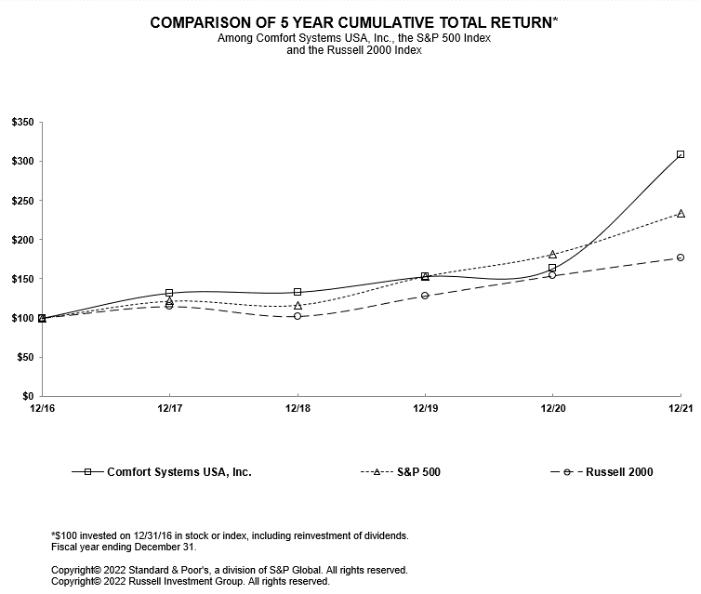between the building owner or its representative and the contracting company. Companies that specialize in “design and build” projects use a consultative approach with customers and tend to develop long-term relationships with building owners and developers, general contractors, architects, consulting engineers and property managers. “Plan and spec” installation refers to projects in which a third-party architect or consulting engineer designs the MEP systems and the installation project is “put out for bid.” We believe that “plan and spec” projects usually take longer to complete and frequently results in less efficient outcomes than “design and build” projects because the system design and installation process are not integrated, thus resulting in more frequent adjustments to project specifications, work requirements and schedules. Our investments in design and building information modeling enable us to collaborate with our customers to achieve reliable and energy efficient construction outcomes and to eliminate unnecessary waste.
Maintenance, Repair and Replacement Services—These services include maintaining, repairing, replacing, reconfiguring and monitoring previously installed systems and building automation controls. The growth and aging of the installed base of MEP and related systems, changing requirements due to increasing technology deployment, and the demand for more efficient systems and more capable building automation controls have fueled growth in these services. The increasing complexity of these systems leads many commercial, industrial and institutional building owners and property managers to outsource maintenance and repair, often through service agreements with service providers. State-of-the-art control and monitoring systems feature electronic sensors and microprocessors that are crucial to energy efficient operations. These systems require specialized training to install, maintain and repair. We believe that the work that we perform to optimize and upgrade systems and to enable wise controls helps Comfort Systems USA to optimize energy use and fundamentally reduce our nation’s carbon footprint.
Strategy
We focus on strengthening core operating competencies, leading in sustainability, efficiency and technological improvement, and on increasing profit margins. The key objectives of our strategy are to improve profitability and generate growth in our operations, to enable sustainable and efficient building environments, to improve the productivity of our workforce, and to acquire complementary businesses. Specifically, we are currently focused on the following elements:
Achieve Excellence in Core Competencies—We have identified seven core competencies that we believe are critical to attracting and retaining customers, increasing operating income and cash flow, and maximizing the productivity of our skilled labor force. The seven core competencies are: (i) safety, (ii) customer service, (iii) design and build expertise, (iv) effective pre-construction processes, (v) job and cost tracking, (vi) leadership in energy efficient and sustainable design, and (vii) best-in-class servicing of existing building systems.
Achieve Operating Efficiencies—We think we can achieve operating efficiencies and cost savings through purchasing economies, adopting “best practices,” and focusing on efficient job management. We are continually improving the “job loop” at our locations—qualifying, estimating, pricing, and executing projects effectively and efficiently. We also use our combined spend to gain purchasing advantages on products and services such as MEP components, raw materials, services, vehicles, bonding, insurance, and employee benefits.
Attract, Retain and Invest in our Employees—We seek to attract and retain quality employees by providing them an enhanced career path that offers a stable income, attractive benefits packages, and excellent growth opportunities. We continually invest in training, including programs for project managers, field superintendents, service managers, service technicians, sales managers, estimators, and leadership and development of key managers and leaders. We believe that skilled labor forces in the building and services trades have become increasingly scarce and valuable, and we are increasingly focused on growing and improving our skilled labor force, including through recruitment, development, and skills training for our hourly workers.
Focus on Industrial, Commercial and Institutional Markets—We focus on the industrial, commercial, and institutional building markets, including construction, maintenance, repair, and replacement services. We believe that these complex markets are attractive because of their growth opportunities, large and diverse customer base, attractive margins, and potential for long-term relationships with building owners.
Leverage Resources and Capabilities—We believe significant operating efficiencies can be achieved by leveraging resources among our operating locations. We have shifted certain fabrication activities to centralized locations to increase asset utilization. We opportunistically allocate our engineering, field, and supervisory labor from
